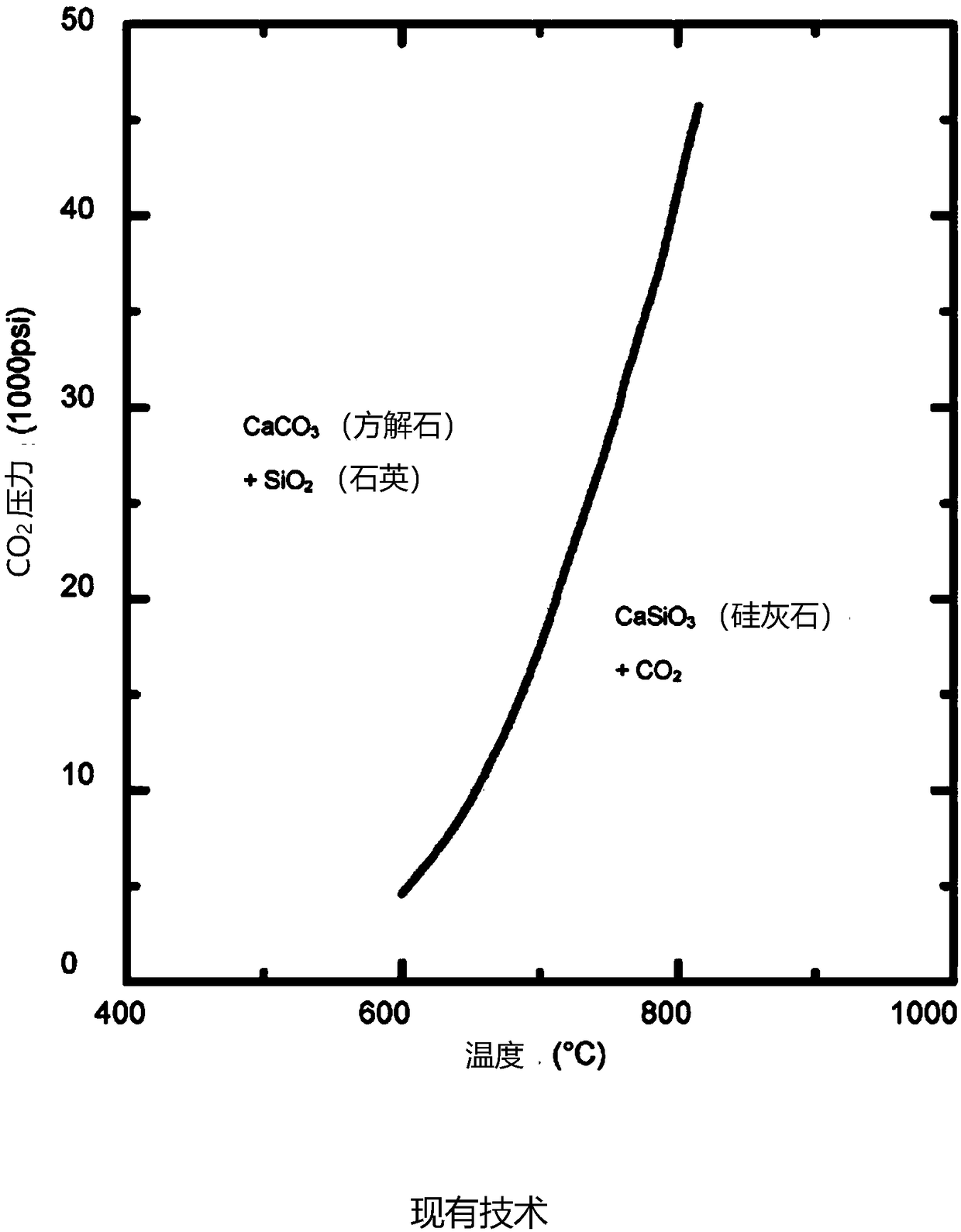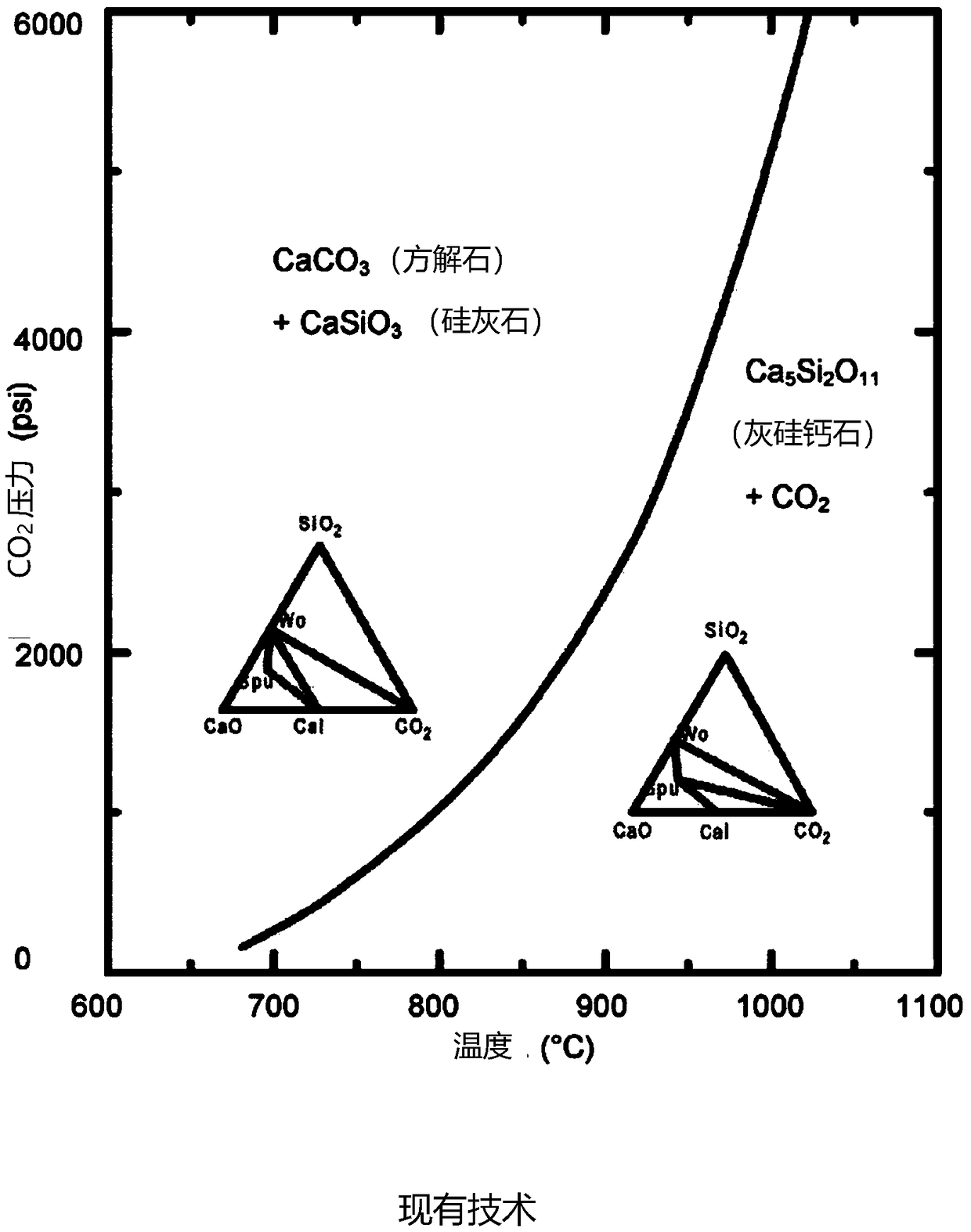Novel cement chemistries
A chemical reagent, curing glue technology, applied in the field of cement, can solve the problems of changing abundance and geographical dependence of source
- Summary
- Abstract
- Description
- Claims
- Application Information
AI Technical Summary
Problems solved by technology
Method used
Image
Examples
Embodiment
[0156] A 4"x8" cylinder was made with a cement consisting primarily of 80% crystalline phase melilite, 5% dolomite and 12% amorphous phase. The particle size distribution of the cement is 3 microns for d10, 11 microns for d50, and 75 microns for d90. A mixture of cement, sand and gravel is mixed with a saturated solution of tartaric acid and cast into a mold. The samples were cured for two days and subjected to compression testing. The strength is 2000psi.
[0157] By making such adjustments to the gelled material, in some cases it was found that the modified gelled material (e.g., addition of Al, Mg, and / or Fe) 2 It cannot be cured under the reaction of carbon dioxide source, and when the curing agent is tartaric acid, oxalic acid or some 2 Synthetic chemical reagents do react when they are synthesized.
[0158] In other embodiments, by CO 2 Synthetic chemical reagents can be organic acids or can be produced from CO 2 Compounds synthesized alone or possibly with other p...
PUM
| Property | Measurement | Unit |
|---|---|---|
| compressive strength | aaaaa | aaaaa |
| flexural strength | aaaaa | aaaaa |
| hygroscopic ratio | aaaaa | aaaaa |
Abstract
Description
Claims
Application Information
 Login to View More
Login to View More - R&D Engineer
- R&D Manager
- IP Professional
- Industry Leading Data Capabilities
- Powerful AI technology
- Patent DNA Extraction
Browse by: Latest US Patents, China's latest patents, Technical Efficacy Thesaurus, Application Domain, Technology Topic, Popular Technical Reports.
© 2024 PatSnap. All rights reserved.Legal|Privacy policy|Modern Slavery Act Transparency Statement|Sitemap|About US| Contact US: help@patsnap.com










